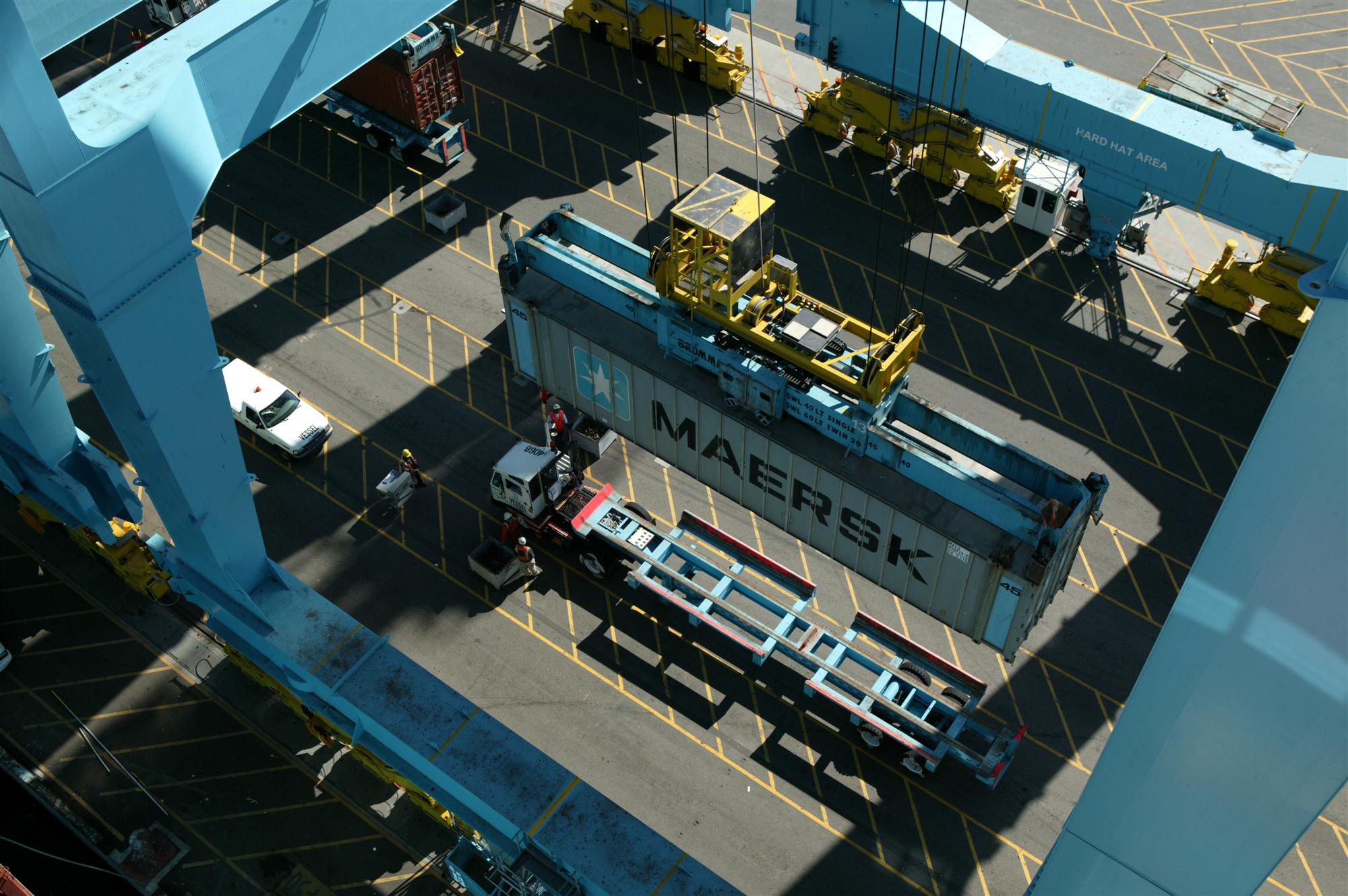The Port of Oakland is bent on an aggressive drive to boost its cargo throughput, with more container traffic the primary target. Before the end of the year, construction of nearly 750,000 square feet of warehousing is expected to get under way, and the height of six ship-to-shore cranes will be raised.
“These projects are game-changers for the Port of Oakland. They give us growth potential for the next 20 years,” said maritime director John Driscoll.
Construction of a 283,000-sq-ft refrigerated warehouse could kick off as early as March, according to the port, which expects the Cool Port to add up to 30,000 containers of chilled meat to Oakland’s annual throughput.
Work on the Seaport Logistics Complex, a 440,000-sq-ft warehousing area, is expected to start later in the year.
In addition, the port looks to increase the height of six harbour cranes by 26 feet, a step to enable its TraPac and Oakland International Container terminals to handle ultra-large container vessels (ULCVs).
“We’re building for growth in a shipping industry that is becoming more and more competitive,” said Driscoll.
Altogether, Oakland is spending about US$600 million on this agenda. Some US$90 million goes toward the Cool Port set-up and US$50 million to the expansion of the TraPac facility. Another US$244 million, mostly from government grants, is designated to separate rail tracks from major port roadways. Last year the port completed a US$100 million rail yard, which is expected to improve transloading activity.
Other US ports are also loosening their purse strings.

The Port of Los Angeles is in the middle of a US$510 million terminal-expansion project, while neighbouring Long Beach is spending US$1.3 billion on the expansion of two container terminals. Another US$1.3 billion goes to the replacement of a bridge to allow access for ULCVs, which are increasingly being fielded on trans-Pacific routes.
Up the coast, Ports America is boosting its Husky terminal at the Port of Tacoma. The company intends to spend US$141 million on an upgrade and expansion of the facility, which it expects to be completed by July of next year.
In addition, the port will get four of the largest modern gantry cranes that are currently available. Together these measures will enable the overhauled terminal to accommodate two 18,000 TEU vessels simultaneously.
ULCVs are looming large for US ports, and not only on the West Coast. Although gateways on the opposite end of the US are not among the early targets for these behemoths, the deployment of these vessels is also driving developments on the East Coast. To allow access to these giants, the Port of New York and New Jersey has had to raise the Bayonne Bridge that connects New Jersey and Staten Island, an undertaking that cost an estimated US$1 billion. Meanwhile, the Georgia Ports Authority has designated US$1.5 billion towards the improvement of crane operations, storage facilities and other infrastructure at the Port of Savannah for the 2016-2025 period. The Georgia state government is chipping in US$120 million to improve road access to the port.
A recent survey by the American Association of Port Authorities (AAPA) of its US member ports on how much they and their private-sector partners plan to spend on infrastructure (for freight and passenger projects) between 2016 and 2020 indicates that port investment over the period could reach US$154.8 billion.
In comparison, planned spending from Washington looks paltry. According to the AAPA, investment from the federal government in US ports through 2020 would be slightly north of US$24.8 billion. The port organization has expressed concerns about federal support, stressing the need to increase government investments in navigation channels and the “first-and-last mile” connections with ports.
“Infrastructure investments in America’s seaports and their intermodal connections – both on the land and in the water – are in our nation’s best interest because they provide opportunities to bolster our economy, create and sustain jobs, enhance our international competitiveness, and pay annual dividends through the generation of more than US$321 billion in federal, state and local tax revenue,” said AAPA president and CEO Kurt Nagle.
By Ian Putzger
Correspondent | Toronto




